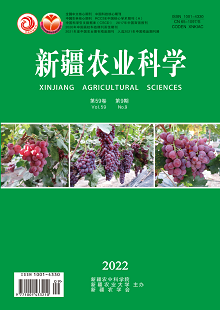【Objective】 In order to improve the processing efficiency of fresh apricot, reduce pulp loss and increase productivity, a continuous apricot kernel removal machine was designed to achieve yield above 600 kg/h and loss rate below 5%. 【Method】 Through theoretical analysis and preliminary experimental research, the prototype structure and working parameter requirements are determined, and the prototype test is carried out. 【Result】 The results showed that the kernel removal rate of fresh apricot was more than 95%, the meat loss rate was less than 3.5%, and the productivity reached 638 kg/h. 【Conclusion】 Continuous apricot kernel removal machine realizes automatic feeding, effectively removes core and reduces pulp loss.

